Пирели за Абу Даби
Пол Хембри:
The way that the track temperature falls in Abu Dhabi obviously has an effect on both wear and degradation, meaning that teams are able to do longer runs even on the softer compound later in the race. There are some important implications for strategy here, which means that it’s often possible to try something different in Abu Dhabi than you would in other places, which might well pay off at the end of the race. As a company, Abu Dhabi is a circuit that we know very well because it’s where we did some testing before we started in Formula One. It’s also where the Formula One teams got to sample our tyres for the first time, back at the end of 2010. When it comes to the actual venue, Yas Marina is one of the most modern and spectacular circuits of the year with a number of different technical challenges that test most aspects of a tyre’s overall performance. Tyre wear and degradation isn’t especially high here: last year, when we also nominated the medium and soft, most drivers just stopped once. As the compounds are generally softer this year we’d expect two stops this time, although it’s quite possible that some teams might try just one. We will have to wait for the Friday running until we have a clearer picture of the time difference between the two compounds but overall we’d anticipate race pace among the frontrunners to be reasonably closely balanced, and it’s always under these circumstances that having the right strategy can really make a significant difference. Although there’s quite a high degree of track evolution, and conditions in free practice aren’t always representative of the race, the work done during the Friday and Saturday sessions will be instrumental in shaping each team’s understanding of which strategies are both possible and advantageous on Sunday.


















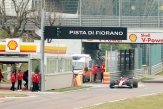
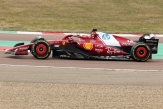
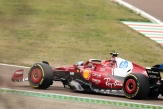
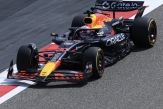
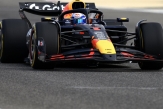
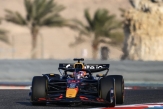

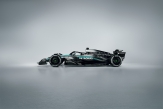
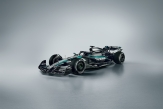

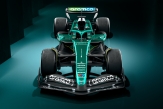
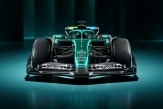
.jpg)
.jpg)
.jpg)

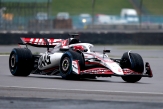

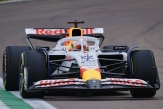
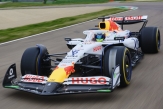
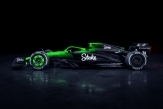


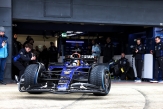
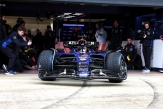
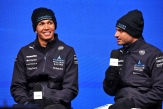

02/12/2025 от Огнян Тенчев (drJeckyll), няма коментари